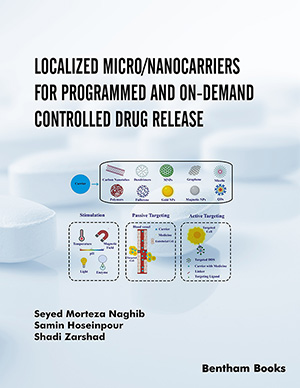Abstract
Tetrahydrofolate is an essential cofactor for the conversion of homocysteine to methionine, and hyperhomocysteinemia is considered as a risk factor for cardiovascular and cerebrovascular diseases. In subjects with hyperhomocysteinemia usually an inverse relationship exists to folic acid levels, and supplementation with folic acid is able to lower homocysteine concentrations. The pathogenesis of most if not all diseases which are accompanied with moderate hyperhomocysteinemia involves cellular immune activation and therefore in patients very often exists also a positive correlation between homocysteine concentrations and the degree of immune activation which is indicated, e.g. by increased neopterin concentrations. Since neopterin concentrations also serves as an estimate of oxidative stress merging from immune system activation, this association suggests that cellular immune activation and oxidative stress could be involved in the development of hyperhomocysteinemia. Because tetrahydrofolate is very susceptible to oxidation, an increased oxidative degradation of tetrahydrofolates may become relevant under oxidative stress conditions. In this way folate deficiency may develop despite normal dietary intake of the vitamin. In our patients, hyperhomocysteinemia is considered as an indirect consequence of hyperconsumption of antioxidant vitamins during prolonged states of immune activation.
Keywords: hyperhomocysteinemia, Pteridines, Oxidative stress, tetrahydrofolate, homocysteine, Vascular diseases




















